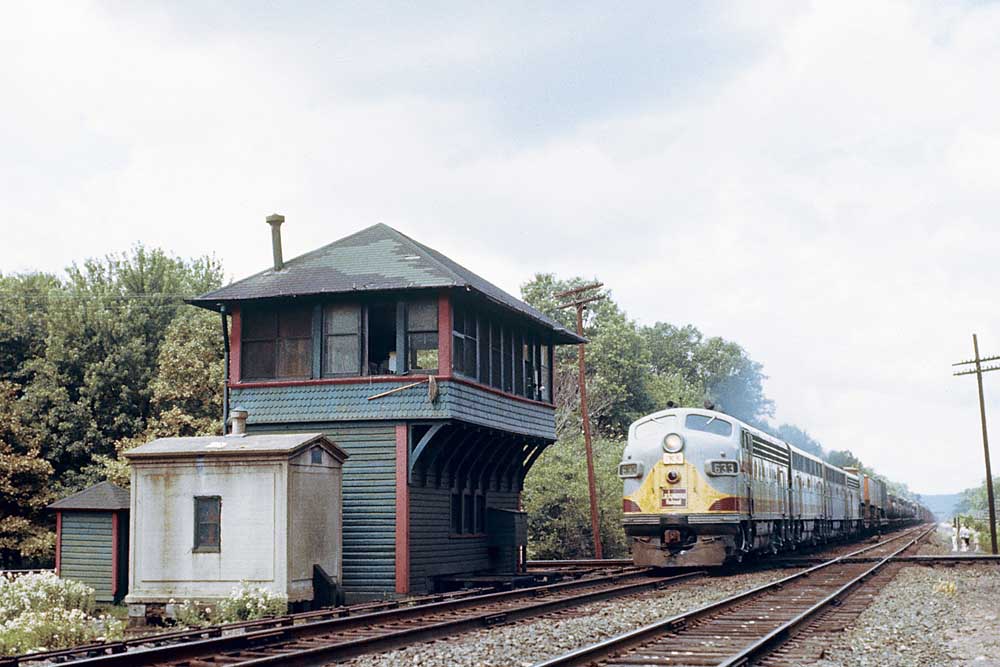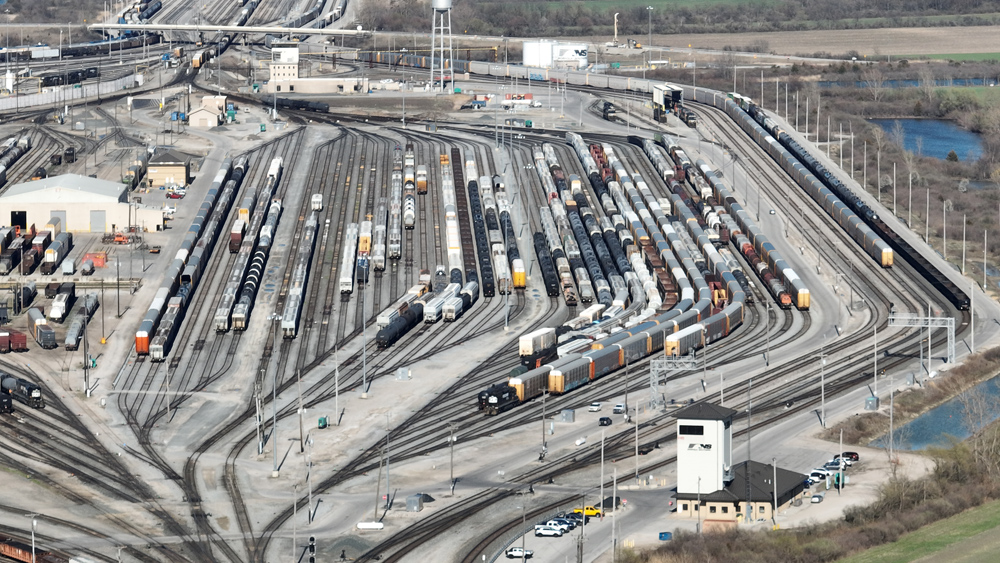Union Pacific + Norfolk Southern: Big merger, same old problem: Analysis
The transcontinental railroad will produce a one-time surge in volume, but won’t fix the industry’s underlying growth struggle

Back in the day when railroads were squeezed under the thumb of the Interstate Commerce Commission and saddled with money-losing passenger service and dying branch lines, Class I railroads went through merger after merger to fend off financial collapse.
The goal of those combinations was to eliminate duplicate routes, yards, shops, and headquarters in the hopes of remaining in the black. They were mergers born from failure. And they worked, for a time.
Now along comes Union Pacific decades later with its proposed $85 billion acquisition of Norfolk Southern. No one would call either railroad a failure.
UP was the most profitable railroad last year, hauling in $24.3 billion in revenue, $9.7 billion in operating income, and returning $4.7 billion to shareholders through a combination of dividends and share buybacks. If anything, it’s an embarrassment of riches under CEO Jim Vena, who has lit a fire under a long-slumbering franchise.
NS is on the comeback trail after its disastrous 2023 hazardous materials derailment in East Palestine, Ohio. Last year it beat back an activist investor, eased broader safety concerns, and weathered the departure of its chief executive under a cloud of scandal. Even after all this, NS in 2024 generated $4.1 billion in operating income on revenue of $12.1 billion.
And yet UP+NS is born from failure, too. No, it’s not a failure to turn a profit. It’s a failure to effectively compete with trucks. The railroads said as much in their preliminary proxy filing this week.
“The Norfolk Southern board … discussed industry trends and the difficulty Norfolk Southern and the industry has had, and risked continuing to have, in achieving significant growth on a standalone basis, including due to lower volumes because of truck market penetration, and the potential for a transcontinental merger to break through these challenges,” the regulatory filing says.
It’s an admission that Class I growth strategies have not borne fruit — and that they view a merger as the only way to win back freight from the highway.

Let’s assume regulators approve the historic deal — and that Omaha doesn’t screw it up with technology or operational snafus. A transcontinental Union Pacific should gain volume merely by offering true coast-to-coast, single-line service. Intermodal, for example, wins more market share when just one railroad handles the load. So it’s likely we’ll see a one-time growth spurt, perhaps even a sizeable one.
But then what? We’re right back where we started, unable to grow and bleeding volume to trucks.
The 52,215-mile UP — and an eventual, inevitable BNSF+CSX rival — will still be under intense investor pressure to maintain a low operating ratio, whether it’s Wall Street or Berkshire Hathaway applying the thumbscrews. Eliminating interchange in Chicago won’t fix this. And so transcon mergers simply kick the can down the road.
UP will harvest the low-hanging fruit, only to eventually run smack into the same obstacle railroads have been facing since volume peaked in 2006. Wall Street demands fat profit margins and doesn’t care whether railroads are growing or taking trucks off the highway.

And so a low operating ratio and growth are incompatible. An exception would be in Western Canada, where bulk traffic sprouts like weeds and can’t move to port without Canadian National and Canadian Pacific Kansas City locomotives on the point of unit trains of covered hoppers or tank cars.
In the truck-competitive U.S. of A., however, taxpayer-supported interstates parallel every major main line, and railroad volume growth has been anemic. A transcontinental merger does nothing to change the eventual outcome of trucks carrying the day — and the freight — if railroads continue with business as usual. UP+NS is a temporary Band-Aid, at best.
To truly flourish — that is, make a decent buck while hauling more tonnage — the U.S. Class I railroads need a new game plan. One that goes beyond mergers and tackles the service and reliability gap that keeps the truckers’ trailers full.
You can reach Bill Stephens at bybillstephens@gmail.com and follow him on LinkedIn and X @bybillstephens


.png)


No comments:
Post a Comment